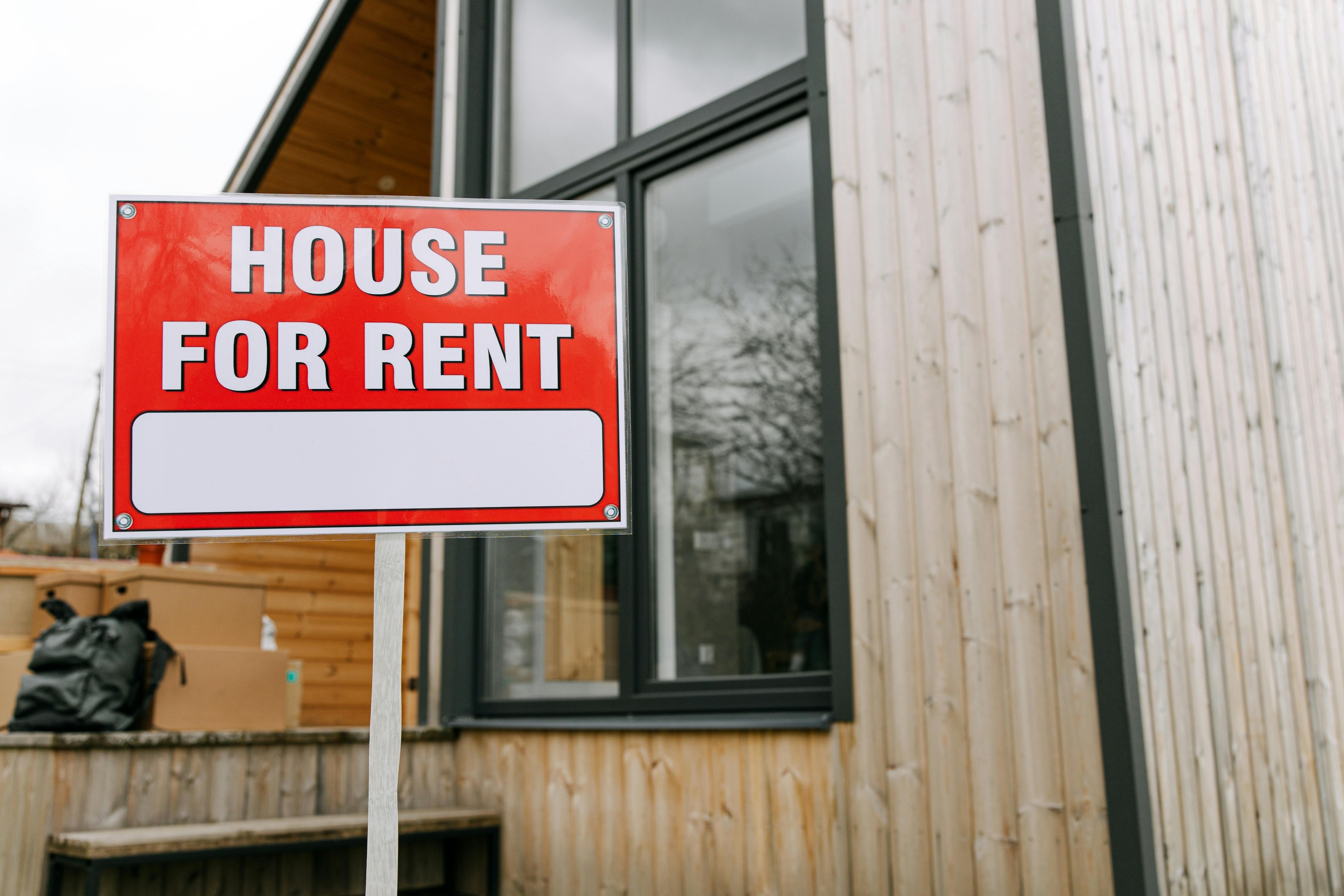Tenant turnover is one of the most costly challenges property managers and landlords face. Every time a tenant moves out, property owners must account for lost rental income, marketing expenses, maintenance costs, and administrative efforts to secure a new renter. Understanding the financial impact of tenant turnover and implementing strategies to minimize vacancies can significantly improve profitability and property performance.
1. The True Cost of Tenant Turnover
Why It Matters: Tenant turnover can quickly erode profits when factoring in vacancy periods, advertising, repairs, and labor.
Key Costs Associated with Turnover:
- Lost Rental Income: Every vacant unit means a loss of revenue.
- Marketing & Advertising: Listing fees, professional photography, and promotions can add up.
- Maintenance & Repairs: Preparing the unit for a new tenant often requires deep cleaning, repainting, and fixing wear and tear.
- Administrative Costs: Screening new tenants, processing applications, and lease paperwork require time and resources.
- Move-In Incentives: To attract new tenants, landlords may offer discounts or perks, further reducing short-term profitability.
2. Strategies to Reduce Tenant Turnover
a) Tenant Engagement & Relationship Management
Why It Matters: Happy tenants are more likely to renew their leases and care for the property.
Best Practices:
- Conduct regular check-ins to address concerns before they become major issues.
- Provide excellent customer service by responding promptly to maintenance requests.
- Organize tenant appreciation events or small incentives to foster community engagement.
b) Proactive Lease Renewals
Why It Matters: Encouraging tenants to renew their leases well before expiration reduces uncertainty and ensures continued cash flow.
Best Practices:
- Send renewal notices at least 90 days before the lease expires.
- Offer renewal incentives such as minor rent discounts or property upgrades.
- Be transparent about rent increases and provide justification based on market trends.
c) Competitive Rent Pricing & Incentives
Why It Matters: Setting rent too high can drive tenants away, while pricing it competitively encourages long-term residency.
Best Practices:
- Regularly analyze local market rent trends.
- Offer flexible lease terms to accommodate tenant needs.
- Provide long-term lease incentives, such as gradual rent increases instead of sudden hikes.
3. Cost Analysis: Retaining vs. Replacing Tenants
Scenario 1: Retaining an Existing Tenant
- No vacancy loss.
- Minimal or no maintenance and marketing expenses.
- Potential slight discount for lease renewal but consistent cash flow.
Scenario 2: Replacing a Tenant
- 1-2 months of lost rental income.
- $500-$2,000+ in repairs, advertising, and administrative costs.
- Increased workload in screening and onboarding a new tenant.
4. The Role of Technology in Reducing Turnover
Why It Matters: Property management software can streamline communication, rent collection, and maintenance coordination, improving tenant satisfaction.
Best Tools:
- Propertyware, Appfolio, Rentvine, Rent Manager: Automate rent reminders and lease renewals.
- PropertyMeld: Enhance maintenance request handling.
- LeadSimple: Improve tenant communication and engagement.
Conclusion
Tenant turnover significantly impacts profitability, but proactive management strategies can reduce vacancies and associated costs. By prioritizing tenant engagement, offering lease renewal incentives, setting competitive rent, and leveraging technology, property managers can create long-term tenant relationships and stabilize cash flow.
Deep Dive Into Success
Want to take your property management business to the next level? PMAssist Insider has the expert insights you need.


